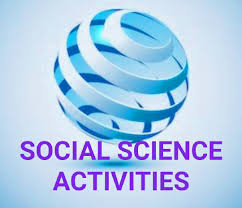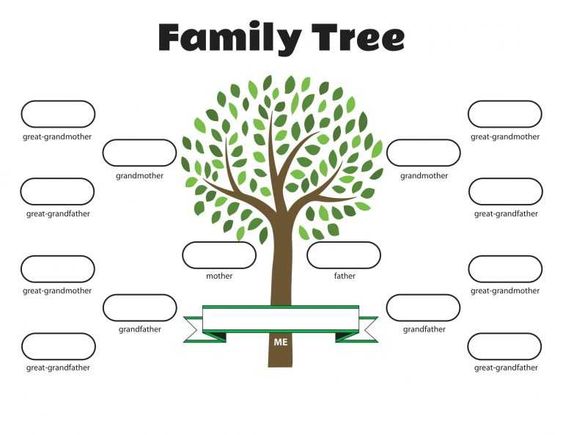The Great Depression was an era of economic struggle that lasted from 1929 to 1939. It was a time of unparalleled hardship for millions of people across the United States and around the world. High unemployment rates, business failures, farm foreclosures, and a collapse in consumer spending caused widespread poverty and hunger. This dark chapter in history offers important lessons on hunger and economic instability that can still be applied to today’s society.
During the Great Depression, jobs were scarce, and men and women faced intense competition for even the most basic labor opportunities. With few jobs available, many families were unable to afford food or other essential items. Soup kitchens, bread lines, and makeshift tent cities became the daily reality for many Americans who had once enjoyed comfortable middle-class lives.
Despite government intervention through programs such as the New Deal, the problem of hunger persisted throughout the Great Depression. Efforts to alleviate this suffering included work programs that provided wages to unemployed workers and federal initiatives to support farmers. However, without a vibrant economy to fuel consistent growth, these tactics only managed to dull the edge of misery rather than truly eradicate it.
The lesson that the Great Depression teaches us about hunger is abundantly clear: we must strive for economic stability and financial security for all individuals in society. Hunger is not simply an issue of supply or logistics but rather one rooted in socioeconomic systems. The past can serve as a reminder of what can happen when inequality becomes too great or when an economic disaster like a stock market crash occurs.
Today, despite advances in technology and an ostensibly stronger global economy, hunger remains a pressing issue worldwide. Millions of people still suffer from malnourishment or food insecurity due to economic hardship, conflict, or environmental factors such as droughts and crop failures.
Yet there is hope. By learning from the past, implementing effective policies aimed at eliminating poverty and addressing income inequality, we can move closer to a world where hunger is no longer a reality for so many. Initiatives like universal basic income, access to affordable and nutritious food, and improved educational opportunities can go a long way in ensuring financial stability for all members of society.
In conclusion, the Great Depression provides a sobering reminder of how quickly economic stability can unravel, leaving countless individuals in the grip of hunger and need. As we work towards creating a more equitable world, it is essential to learn from history’s mistakes and invest in policies that promote greater financial security and less vulnerability to economic shocks. Only then can we hope to truly eradicate hunger and ensure that the horrors of the Great Depression remain a distant memory.











